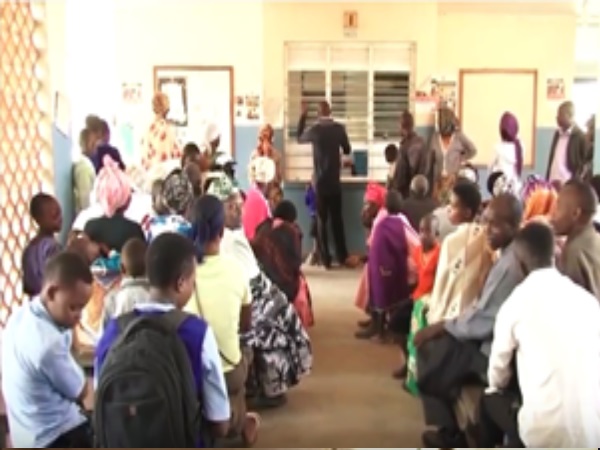Lower middle-income status by World Bank’s standards is achievable when a country crosses the threshold of 3.5 million income per capita which is an equivalent earning of about 290,000 shillings per month and about 10,000 shillings a day. The UN Resident Coordinator Rosa Malango explained that this was just a tool to measure quality of life. “When you become middle income it means you have a certain level of satisfaction in your socio-economic approaches it means that you have a certain level of conditions of life for your citizens whether in urban areas or rural areas. And it means also you have different positioning on the global stage in terms of trade.” Said, Rosa Malango – UN Resident Coordinator.
But to Civil Society Organizations dealing in health, the transition was a threat to Uganda’s already under funded health sector. “All the countries, we need to ask for that middle income classification to be revised. So it should not just be about; if you are a middle income country it means once you attain the 3 million dollars per day, if you are a lower income country once you have people attaining 3 dollars per day, you move to the next level.” Said, Dr. Peninnah Iutungu – Africa Bureau Chief AHF. Denis Kibira the Executive Director Coalition for Health Promotion and Social Development HEPS Uganda said Uganda had not met sufficient investments in the health sector as the country geared up for the middle- income status. “However, as you advance in status, as you are seen to be rich then you cannot take advantage of the flexibilities that have been put in these International laws to make these medicines locally. And that certainly impacts negatively on access to medicines.” Said, Denis Kibira – Executive Director, HEPS Uganda. These fears were shared with Dr. Peninnah Iutungu Amol the Africa Bureau Chief for Aids Healthcare Foundation in relation to access to medicine. “Your income status actually does affect your health because also there’s a mandate from internationally that certain drugs are available on low costs depending on the income status for those countries. So in a way most countries don’t want to be classified as poor but being classified as poor in a way shows that you can get some of the commodities a little more cheaply compared to other countries that are classified a little higher. So that’s really where the repercussions directly affect the cost and it becomes much higher for those countries.” Rosa Malango also stressed that countries had to invest heavily for a swift transition to middle income countries. The World Bank stated that 31 countries were classified among low income countries that were in transition to a middle-income status, 27 of these were in Africa. But Rachel Sedibe the Chief Economist at the World Bank said even with the current growing domestic product, Uganda was not any near to attaining the long-awaited status. “The per capita income should be growing at about 6% and if you are talking about growing per capita income above 6%, so the national income or GDP should be growing at about 9 – 10% not 6%. So if you are going to be growing at 6.3%, by 2020 you won’t achieve the middle income status.” Said, Rachel Sedibe – Chief Economist, World Bank. About 80% of Uganda’s health sector was donor supported. the question of whether the country could achieve the middle income status by 2020 was a hard guess but by and large would require coordinated, strategic, and policy interventions.

